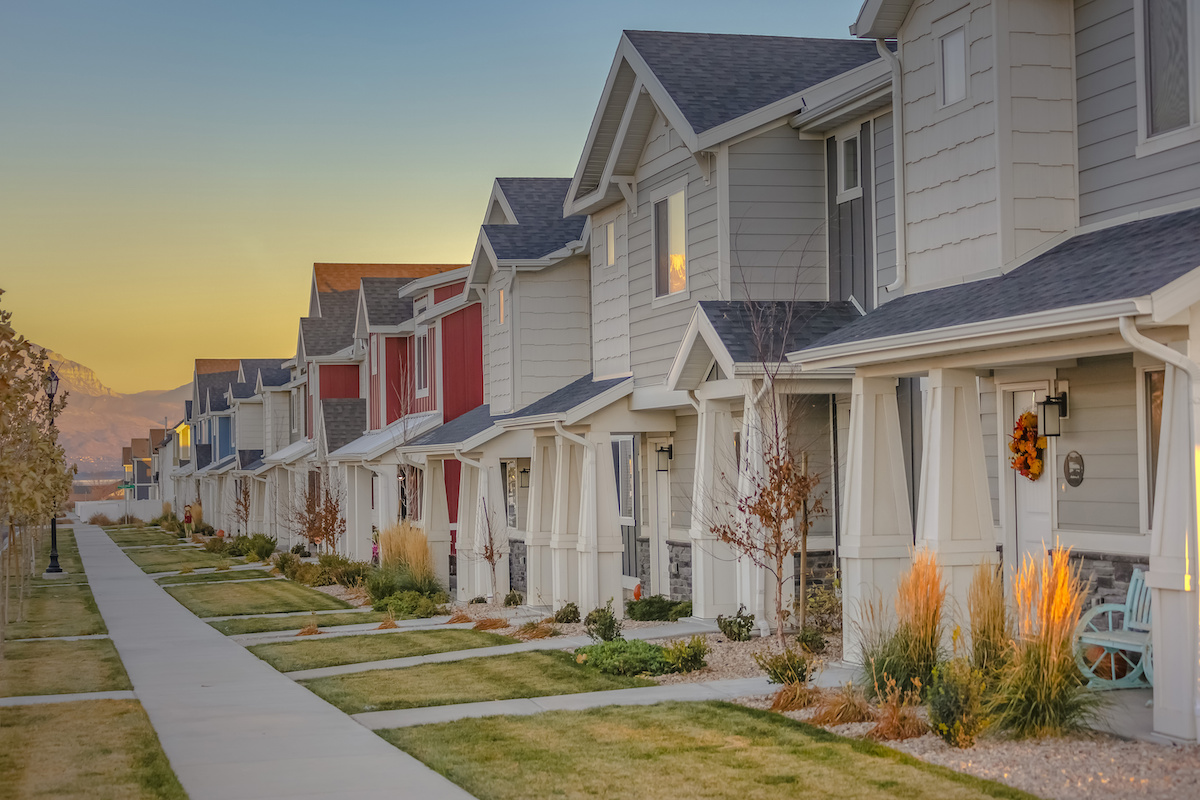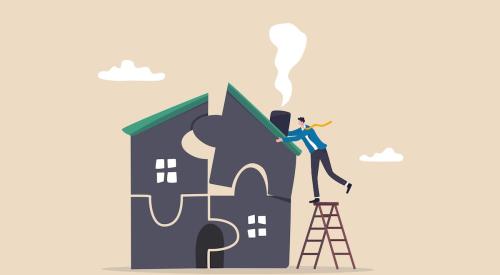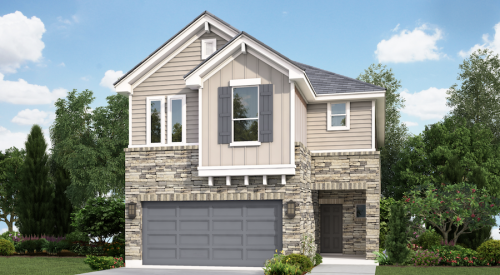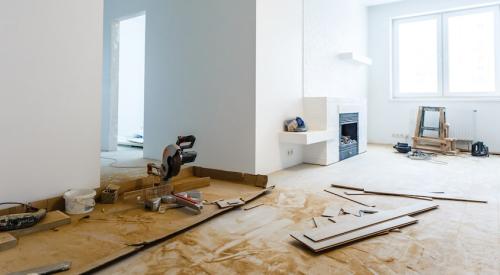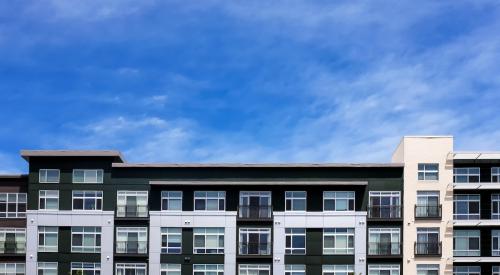Theories behind the highly competitive housing market range from years of underbuilding to sellers reluctant to list—but are all these reasons true or just speculation? John Burns Real Estate Consulting’s (JBREC) latest analysis tackles the popular rationales to see which are fact and which are fiction. The basics remain true: the housing shortage results from a surge in demand, which has pushed up housing prices. But JBREC argues that no, sellers being fearful of COVID-19 is not why there is a shortage. Both new and existing home sales are up to the highest level in years. This cannot happen if a significant number of sellers are holding back.
In a nutshell, supply is short because DEMAND is huge. This is a demand-driven housing boom, which is contrary to the housing shortage theories being propagated by those who have an incentive to make others think there is no risk to investing in housing today.
Home Shortage Clarity
NOT TRUE: Supply is low because many people are not selling their homes due to COVID fear. Both new and existing home sales are up dramatically and to the highest level in years. Sales cannot be up if fewer people are selling, although we grant that some people may be waiting to sell until they are less afraid of COVID.
TRUE: Very few homes are available for sale, primarily because homes that come on the market are sold immediately. This shortage is due to very high DEMAND. There is a supply shortage of homes available to purchase because demand is so very, very strong.
NOT TRUE: Current conditions are not the result of a supply problem due to years of underbuilding. If that were true, prices and rents would have been rising much faster than incomes in 2019. Home prices, rents and incomes were also rising 3%–5% in 2019. Comparisons to building levels in prior cycles is misleading because recent adult population growth has been much lower than historical growth, due in large part to Baby Boomers causing the prior surge.
